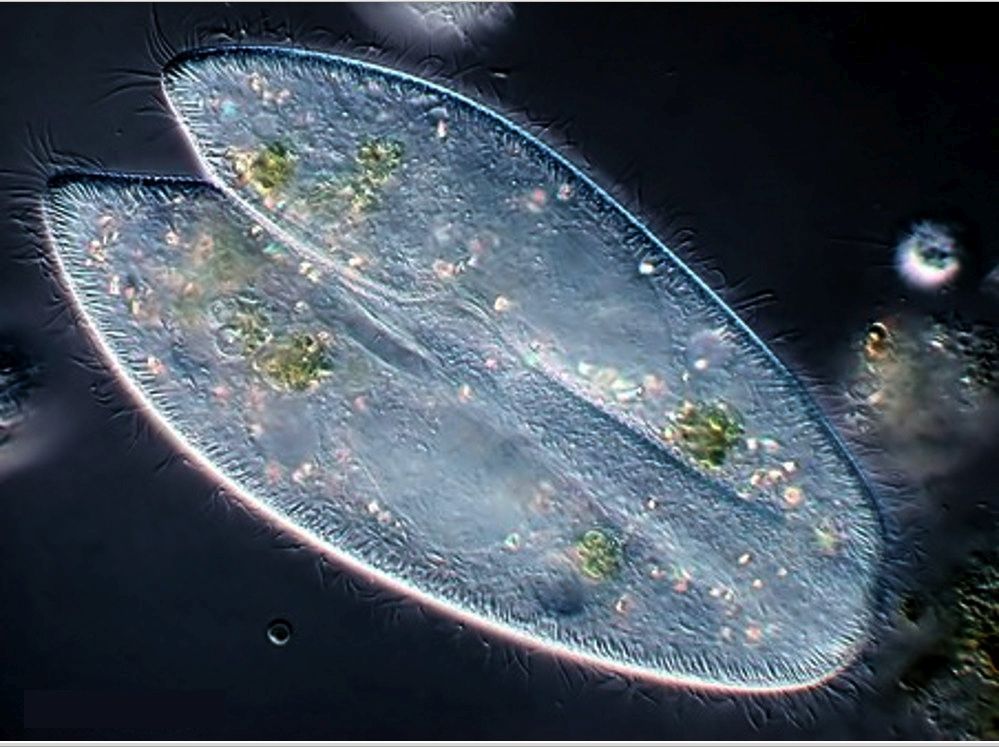Death, sex, and immortality
Abstract
DNA is intrinsically unstable due to spontaneous mutation and degradation. Yet, life has thrived for about four billion years, adapting to most diverse environmental conditions. The ultimate reason for the striking resilience and versatility of life is sex, here defined as any mechanism that recombines DNA from separate organisms. Sex is a universal property of life that originally emerged as a spontaneous by-product of the
machinery for gene duplication and repair. Sex counteracts genetic erosion (Muller’s ratchet), thus stabilizing biological information across time. Concurrently, sex builds novel genes and novel genomes, thus fostering genetic innovation and evolution. Bacterial sex is independent of reproduction, generally involves short DNA sequences, and encompasses a relatively high frequency of horizontal gene transfer between
distantly related taxa. Because of this, bacterial sex produces large pangenomes, fosters population ecological flexibility, and blurs species demarcation. Sex in eukaryotes is associated with reproduction and involves an alternance of cellular fusion and meiosis, each cycle setting whole-genome recombination. Sexual reproduction involves major additional costs relative to bacterial sex and is probably an ancestral trait of eukaryotes, but its origin is a matter of speculation. Sexual reproduction maintains sharp inter-species boundaries, prevents the development of pangenomes, and favours ecological
specialization. Except for gene transfer from endosymbionts, horizontal gene transfer has had a marginal role in genome evolution in eukaryotes. Eukaryotes lacking sexual reproduction might use a bacterial sort of sex as demonstrated for bdelloid rotifers. The soma of complex multicellular eukaryotes has three hierarchical levels of organization (systemic, organ and cellular) and three related states of death.
Downloads


This work is licensed under a Creative Commons Attribution 4.0 International License.




